Indigenous Knowledge and Cultural Responsiveness
What
We have always been concerned why in most instances Maori students under achieve their potential. This goes back to issue of getting to know our learners. Gay (2002) cites culturally responsive pedagogy as a conscious effort to exploit our students’ cultural characteristics, experiences and perspectives to teach them. This is underpinned by the development of relationships (Bishop, 2012) based on caring and respect for cultural values. To engage students in the classroom indigenous knowledge and cultural responsiveness is needed.
So What
Creating productive relationships with Maori students, whanau and their wider communities are needed for effective teaching and learning. Taitaiako competences hinges on this (Ministry of Education, 2011). For the purpose of this Inquiry, Wananga and Whanaungatanga will be my focus as Wananga involves using specific strategies and protocols for effective communication with whanau, hapu, iwi and the community. It is interesting to note that wananga literally translates to Criteria 5, 11 and 12 of the Registered Teacher Criteria. Week 1 and 2 was dedicated to knowing and building relationships with the students. One thing that has worked very well in this regards is the “I am awesome” slides.
What Next
I have changed schools this term and unfortunately there aren’t parent evenings this term. However, reflecting on this, I think it will be better I send email messages to parents and whanau on weekly plan


 Teachers ViewPoint
Teachers ViewPoint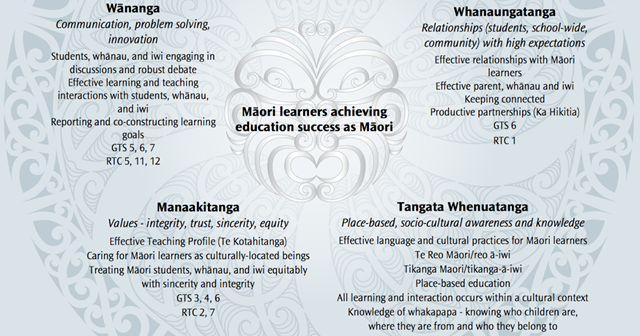
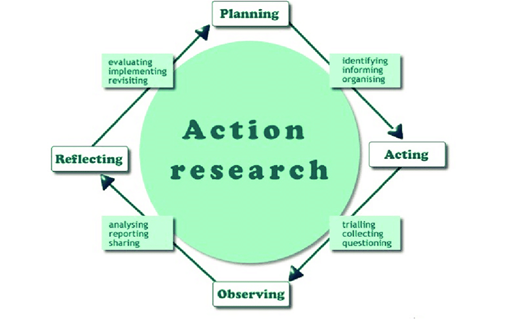
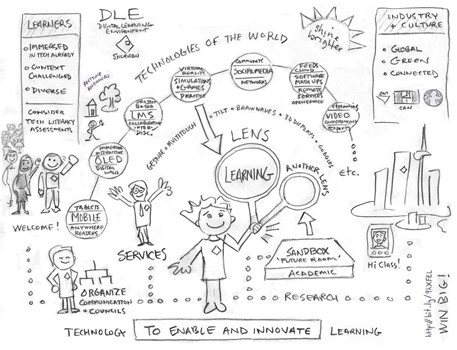
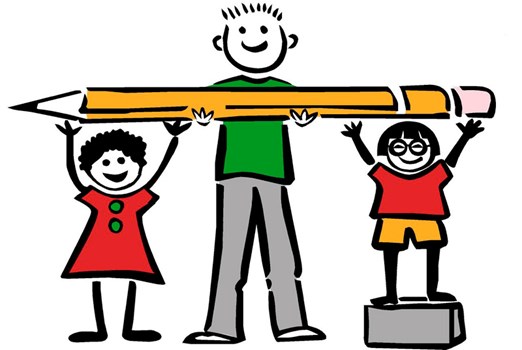
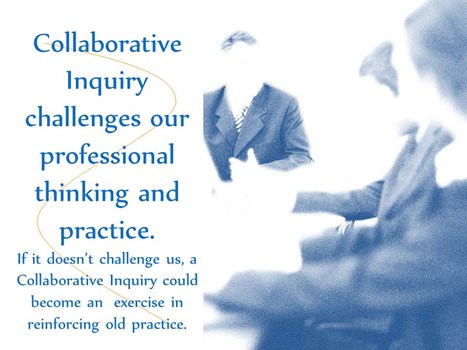
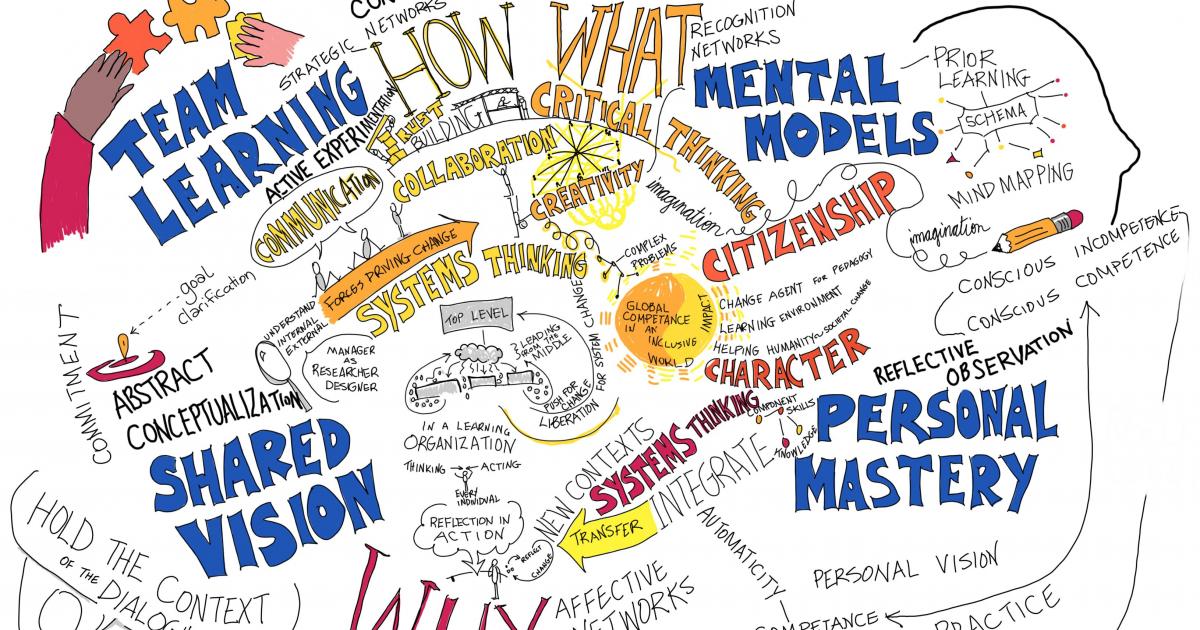
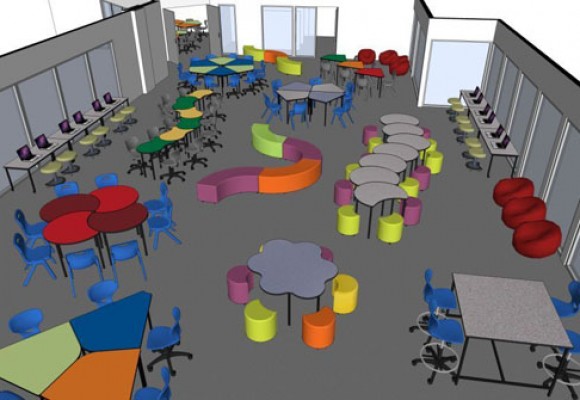
Please log in to post a comment.
0 Comments